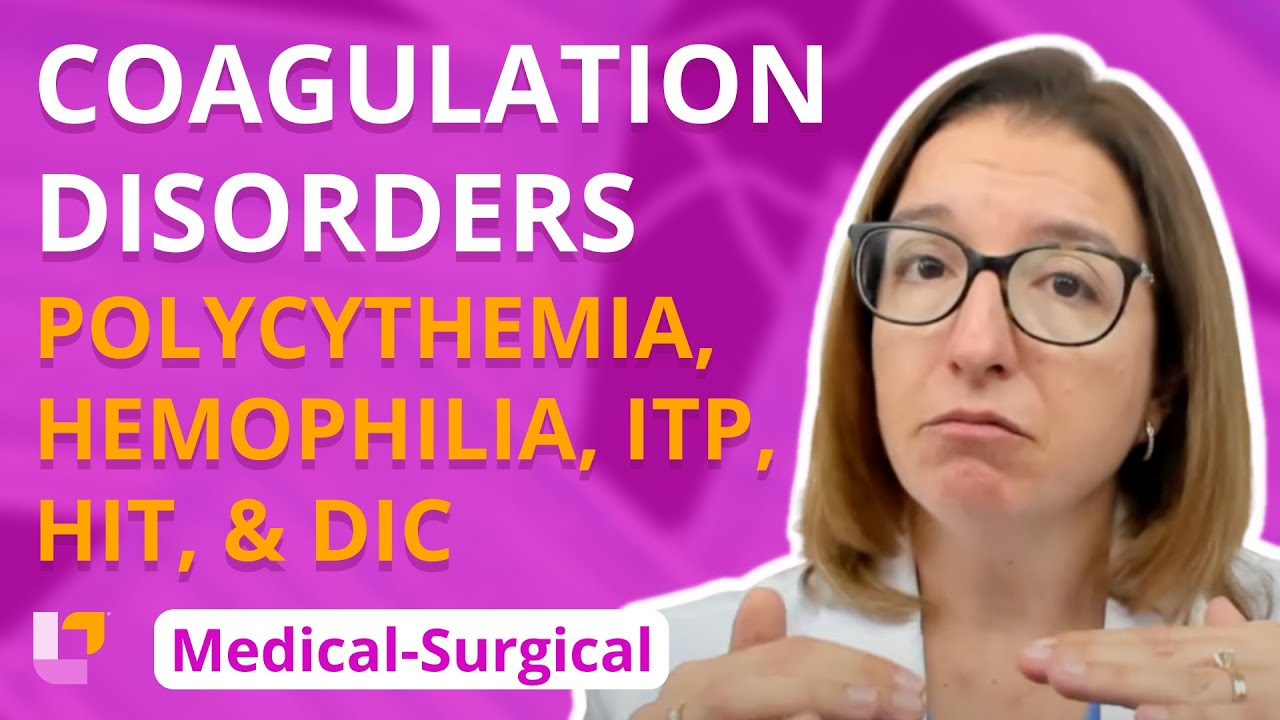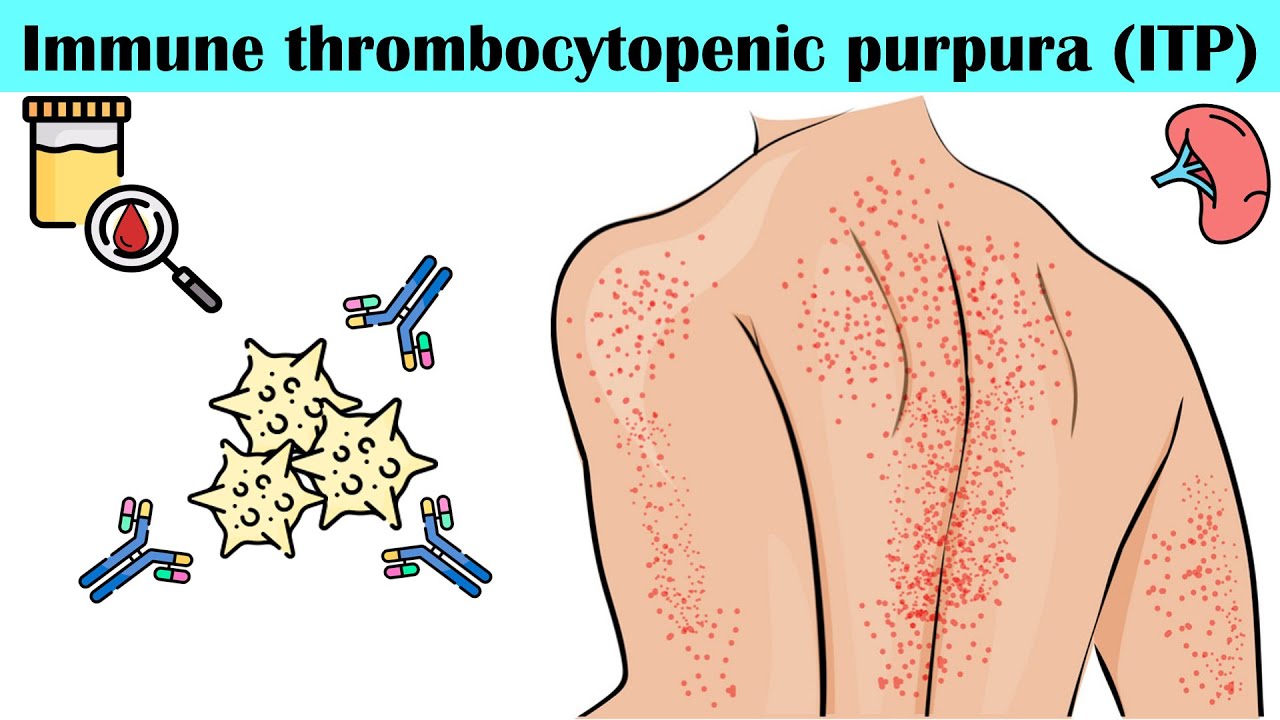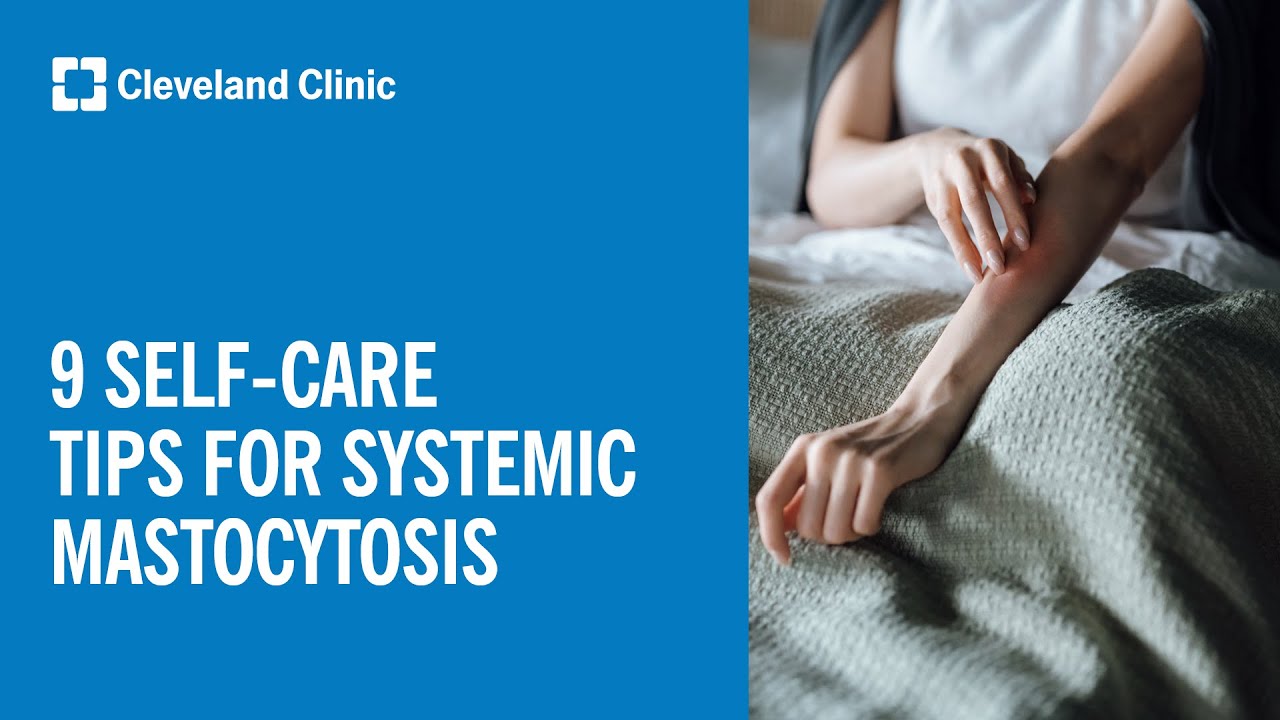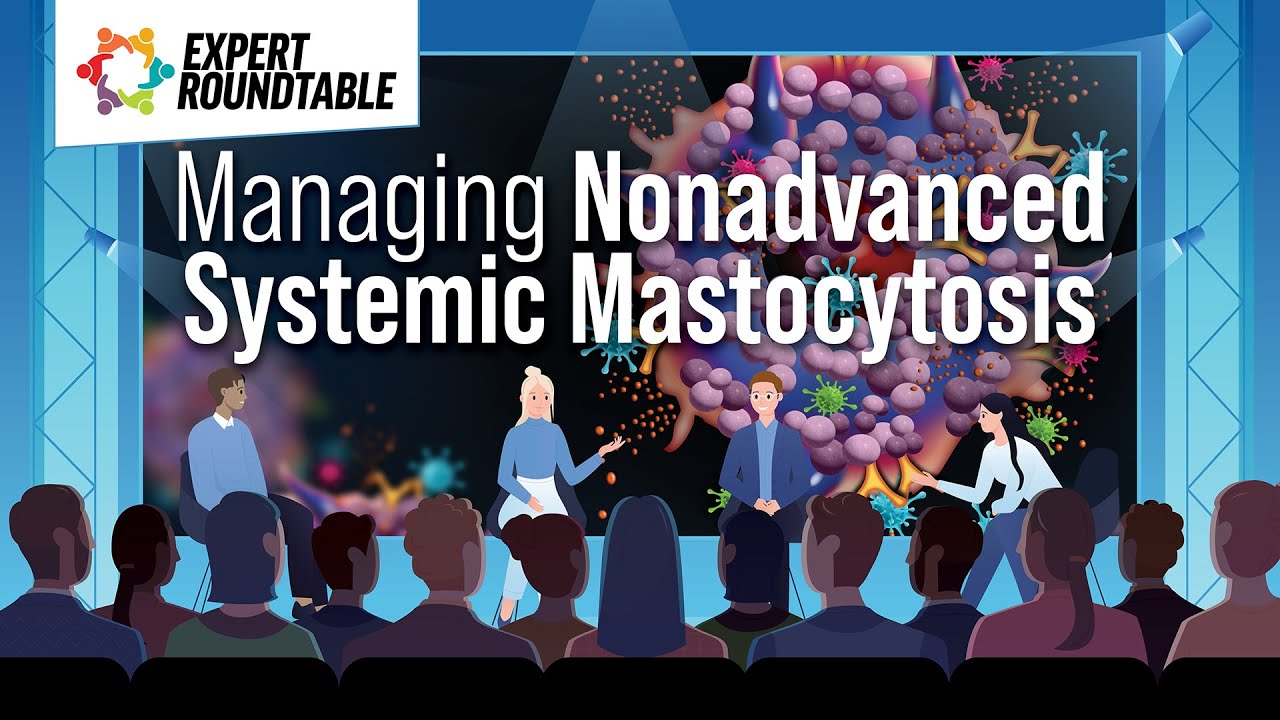Intralymphatic allergen immunotherapy fast, safe, effective
Reuters Health • The Doctor's Channel Daily Newscast
“We demonstrated that intralymphatic allergen administration enhanced safety, efficacy, and compliance of subcutaneous immunotherapy and allowed reduction of the number of injections from 54 to 3, and reduction in the cumulative allergen dose by more than 1000-fold,” Dr. Thomas M. Kundig from University Hospital Zurich, Switzerland and colleagues write in the Proceedings of the National Academy of Science for November 18.
Allergen-specific immunotherapy is an effective treatment for IgE-mediated allergies, yet fewer than 5% of allergy patients receive immunotherapy because its lengthy treatment and risk of allergic side effects, the researchers note.
In their study, 165 patients with grass pollen-induced rhinoconjunctivitis were randomly assigned to 3 intralymphatic injections over 2 months of a pollen extract or to conventional immunotherapy consisting of 54 subcutaneous injections over 3 years. The cumulative allergen dose was 3,000 standardized quality units (SQ-U) in the lymph node group versus 4,031,540 SQ-U in the conventional immunotherapy group.
Fifty-eight patients in the lymph node group and 54 in the conventional immunotherapy group were included in intention-to-treat analysis.
According to the investigators, directly injecting allergen into inguinal lymph nodes was well tolerated, less painful than venous puncture according to the study subjects, and caused fewer allergic adverse events than subcutaneous injections.
Moreover, within 4 months, intralymphatic immunotherapy increased tolerance to nasal provocation with pollen and patients in the intralymphatic group used significantly less rescue medication during the first pollen season than patients in the conventional immunotherapy group.
Intralymphatic immunotherapy ameliorated hay fever symptoms, reduced skin prick test reactivity and decreased specific serum IgE (p < 0.001 for all).
Despite the short 2-month treatment period, tolerance was long lasting and equivalent to that achieved after 3 years of conventional immunotherapy, Dr. Kundig and colleagues report.
The short intralymphatic treatment period also enhanced patient compliance; only 32 of 54 patients finished the 3-year conventional immunotherapy protocol, whereas all of the 58 intralymphatic patients received all 3 injections.
Reference:
PNAS 2008;105:17908-17912.








